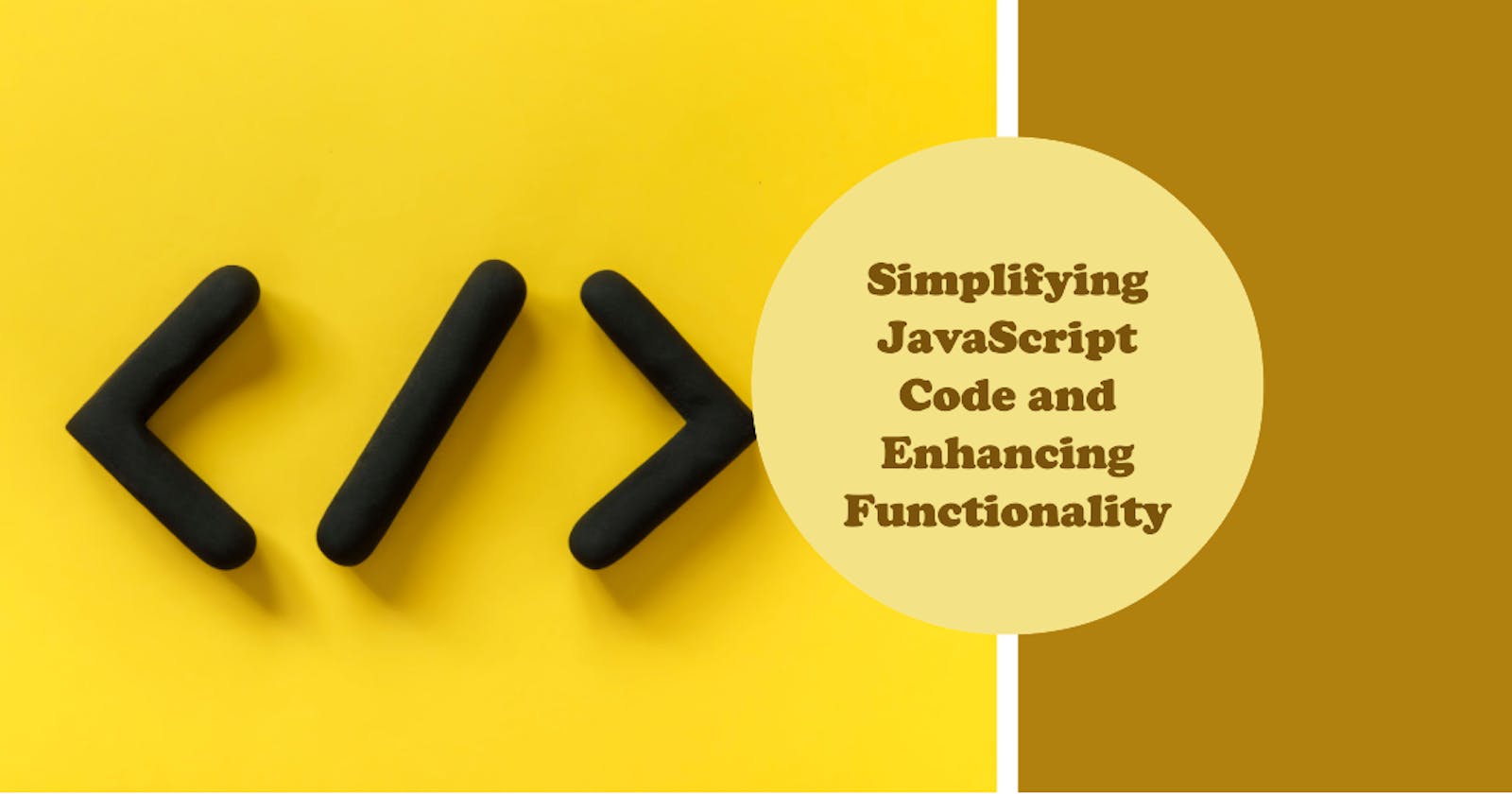JavaScript is a widely used programming language for web development, and one of its powerful features is the ability to extend built-in objects using prototypes. Prototypes allow you to add custom methods and properties to existing JavaScript objects, enhancing their functionality. In this blog post, we will explore how to create your own prototype methods in JavaScript.
Understanding Prototypes:
In JavaScript, every object has a prototype, which is a reference to another object. When you access a property or method on an object, JavaScript checks if it exists on the object itself. If not, it looks up the prototype chain until it finds the property or method or reaches the end of the chain.
Creating Prototype Methods:
To create your own prototype methods, follow these steps:
Step 1: Define the Constructor Function:
Start by defining a constructor function for the object type you want to add the prototype method to. For example:
function MyArray() {
// Constructor logic here
}
Step 2: Add the Prototype Method:
Next, add the desired method to the prototype object of the constructor function. For example, let's add a method called sum to the Array object prototype:
MyArray.prototype.sum = function() {
let total = 0;
for (let i = 0; i < this.length; i++) {
total += this[i];
}
return total;
};
Step 3: Using the Prototype Method:
Once the prototype method is defined, you can create instances of the object and call the prototype method. For example:
const numbers = new MyArray(1, 2, 3, 4, 5);
console.log(numbers.sum()); // Output: 15
Benefits of Prototype Methods:
Creating your own prototype methods in JavaScript offers several benefits:
Reusability: Prototype methods are available to all instances of the object, allowing you to reuse code efficiently.
Code Organization: By extending the functionality of existing objects through prototypes, you can keep related methods and properties grouped together, enhancing code organization and readability.
Flexibility: Prototypes enable you to modify built-in objects, providing the flexibility to adapt and extend JavaScript's core functionality to suit your specific requirements.
Conclusion:
Prototypes in JavaScript empower you to extend object behavior by creating your own prototype methods. This approach enhances the capabilities of existing objects, promotes code reuse, and allows for better code organization. However, be cautious when modifying built-in objects and consider potential conflicts. Understanding prototypes unlocks new possibilities and harnesses the full power of JavaScript.
Happy coding!
